Taking seriously a much-maligned genre, Devin Watson doesnt just teach the reader, he collaborates with the reader. He walks us through every step of what makes great horror, from its cinematic history to the nature of the beast, and he does so in such an engaging, conversational style that its easy to forget he also knows far too many ways to kill a man.
Robert Grant, SCI-FI-LONDON
With a style that is personal and engaging, and with first-rate content, Watson leads the aspiring horror writer through a step-by-step process of creating a screenplay that speaks to all that is great, resonant, and desired in the horror genre. Watson makes fine use of examples and analysis of known works while challenging the reader to create an original script, and once that script is done, he gives tips on how to get it into the marketplace! For those writing in the horror genre, this book is indispensable.
Jule Selbo is an Associate Professor, Screenwriting, in the Radio-TV-Film Department at California State University, Fullerton. Professional writing credits include feature films and television series: Hard Promises, Hunchback of Notre Dame Part Deux, Young Indiana Jones Chronicles, Melrose Place,and Maya and Miguel. Her recent books include Screenplay: Idea to Successful Script(2007) and the companion volume The Rewrite: First Draft to Marketplace (2008).
Horror Screenwriting just became one of my favorite writing books. Devin Watson deftly explains why creepy is cool and how you can scare people for fun and profit. Fear was never so much fun!
Paula Berinstein, producer and host, The Writing Show
www.writingshow.com
Devin Watsons Horror Screenwriting: The Nature of Fear is unequivocally the greatest book about writing horror that exists... Devin covers everything: the history of horror, the etiology of fear, horror genres, styles... From there he goes on to talk about pacing, avoiding talking heads, keeping the stakes up (particularly valuable if youre writing about vampires), how to get the most out of dialogue in horror, and all of the other basic ghouls (sorry) of the trade.
This is just a great book whether or not your genre is horror. Its someone speaking not preaching from experience about how to write a truly dramatic, original, commercial screenplay which, last time I checked, screenwriting is supposed to be about.
Jeffrey M. Freedman, Screenwriter, Vivaldi, Bad Numbers
www.jeffreymfreedman.com/vivaldi.htm
Devin Watson does an excellent job: taking a popular film genre and turning it inside out to expose all the elements. If youve ever wanted to write a horror film, or even if youre just a fan of horror films, this book will not disappoint.
Matthew Terry, Filmmaker, Screenwriter, Teacher, and Columnist for
www.hollywoodlitsales.com
Ive always recommended to my film students that the horror genre is one of the best for making a calling card feature film. Devin Watsons Horror Screenwriting provides the structure, blueprint, tricks, and tips that will make that starter feature ignite on the screen!
Rob Goald, Film Department, University of Nevada, Las Vegas
This book may very well be the difference between writing horror and writing great horror.
Eric Henninger, Technical Review/Screenwriter, MicroFilmmaker Magazine, www.microfilmmaker.com
H ORRO R
SCREENWRITING
The Nature of Fear
DEVIN WATSON
MICHAEL WIESE PRODUCTIONS
Published by Michael Wiese Productions
12400 Ventura Blvd. #1111
Studio City, CA 91604
(818) 379-8799, (818) 986-3408 (FAX)
mw@mwp.com
www.mwp.com
Cover design by MWP
Interior design by William Morosi
Copyediting by MWP
Printed by McNaughton & Gunn
Manufactured in the United States of America
Copyright 2009 Devin Watson
All rights reserved. No part of this book may be reproduced in any form or by any means without permission in writing from the author, except for the inclusion of brief quotations in a review.
Library of Congress Cataloging-in-Publication Data
Watson, Devin, 1978
Horror screenwriting : the nature of fear / by Devin Watson.
p. cm.
Includes index.
ISBN 978-1-932907-60-5
1. Horror films--Authorship. 2. Motion picture plays--Technique. I. Title.
PN1995.9.H6W32 2009
808'.066791--dc22
200901335
Printed on Recycled Stock
T ABLE OF C ONTENTS
Before Jigsaw, Leatherface, Freddy, and Jason, there was Dr. Frankenstein, Dracula, and the Wolfman. Early horror film masters such as James Whale and William Castle paved the way for Monsters, Atomic Monsters, and the Monster Next Door. Then came Satan, Slashers, and Sequels Galore.
 Get a crash course in the history of horror films from the days of
Get a crash course in the history of horror films from the days of
Edison up to the twenty-first century.
 Learn how trends in society and culture shaped films that, in turn, influenced other horror films around the world.
Learn how trends in society and culture shaped films that, in turn, influenced other horror films around the world.
Besides death and taxes there are a few other universal things in life Fear is one of those other ones that nobody mentions, like the cousin in prison In order to scare people, you have to know what creates fear
 Learn where all fear comes from and what it means to you as a writer.
Learn where all fear comes from and what it means to you as a writer.
 Discover what scares you and how to use it in your own stories.
Discover what scares you and how to use it in your own stories.
 Well start forming our ideas for a story and begin the process of putting it to paper.
Well start forming our ideas for a story and begin the process of putting it to paper.
Guns, knives, flamethrowers all those are well and good But if you dont have your trusty writing implement, you cant write home about how you finished off those hordes of zombies
 A quick run-down of the types of horror that are out there.
A quick run-down of the types of horror that are out there.
 We nail down what kind of horror story ours is.
We nail down what kind of horror story ours is.
 The tools of the screenwriting trade.
The tools of the screenwriting trade.
Horror, suspense, thrills and chills Youll need them all to make your scenes engaging and keep the story moving
 Learn about pacing and how to keep the tension and scares going all the way to the end.
Learn about pacing and how to keep the tension and scares going all the way to the end.
 Avoiding the talking heads problem.
Avoiding the talking heads problem.
 We continue with our story by developing the first fifteen pages of the script.
We continue with our story by developing the first fifteen pages of the script.
Dialogue in any kind of film is worth having Find out how you can make it better and make your characters more believable, even while being chased by an axe-wielding maniac through the woods
 What dialogue is and isnt in a screenplay and how to use it properly.
What dialogue is and isnt in a screenplay and how to use it properly.
 How to say more with less.
How to say more with less.


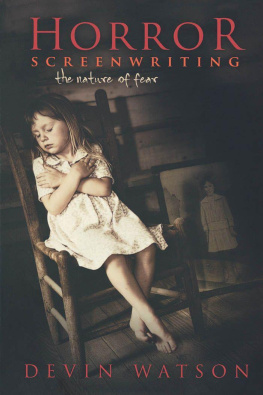



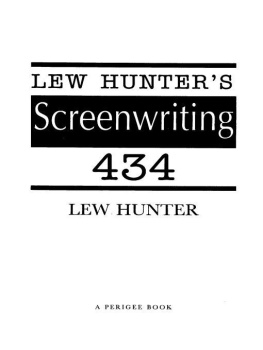
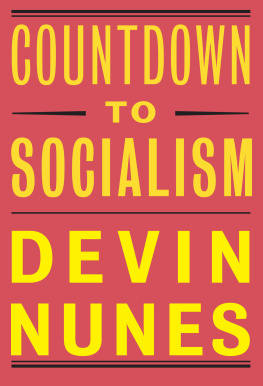
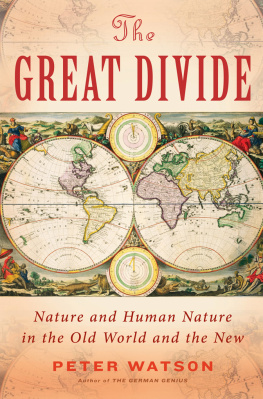


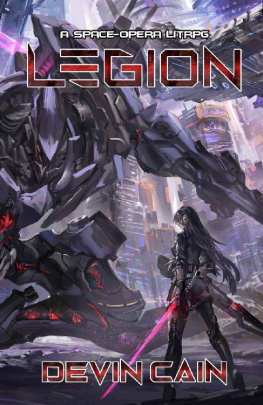
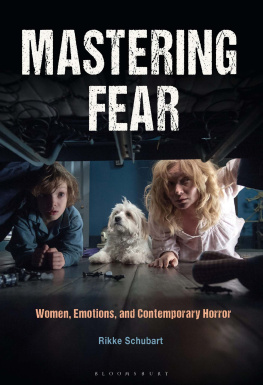
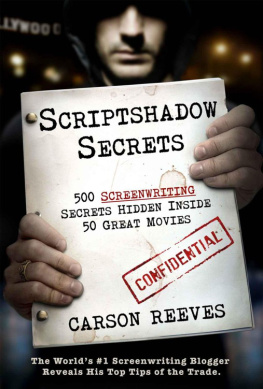


 Get a crash course in the history of horror films from the days of
Get a crash course in the history of horror films from the days of